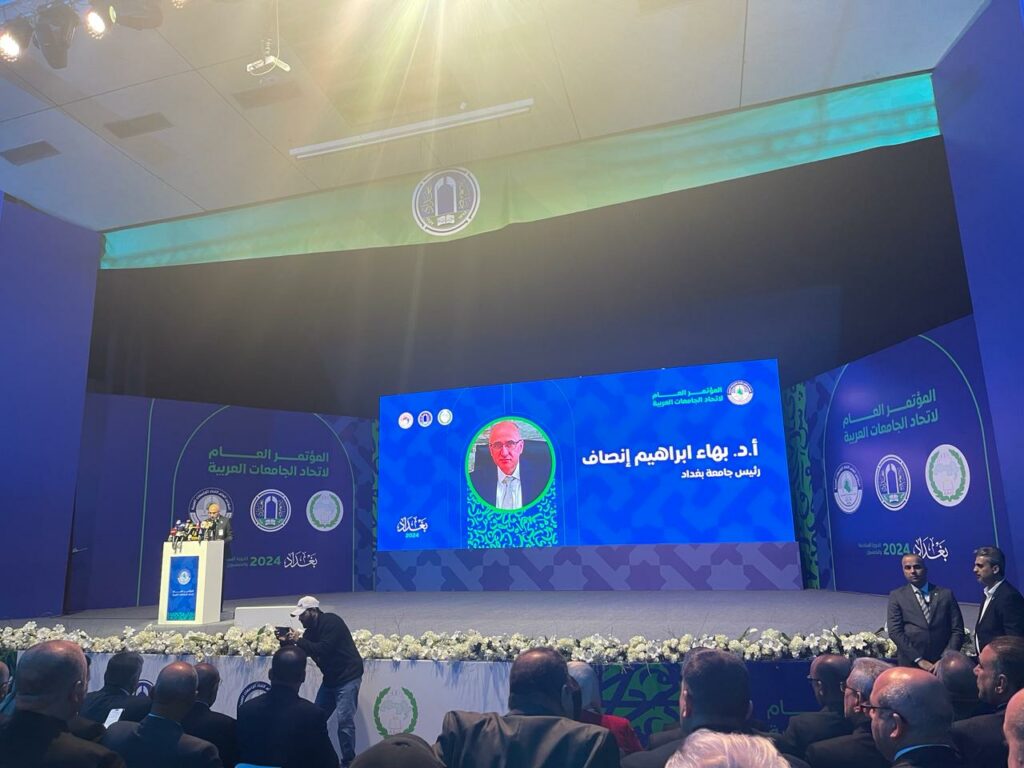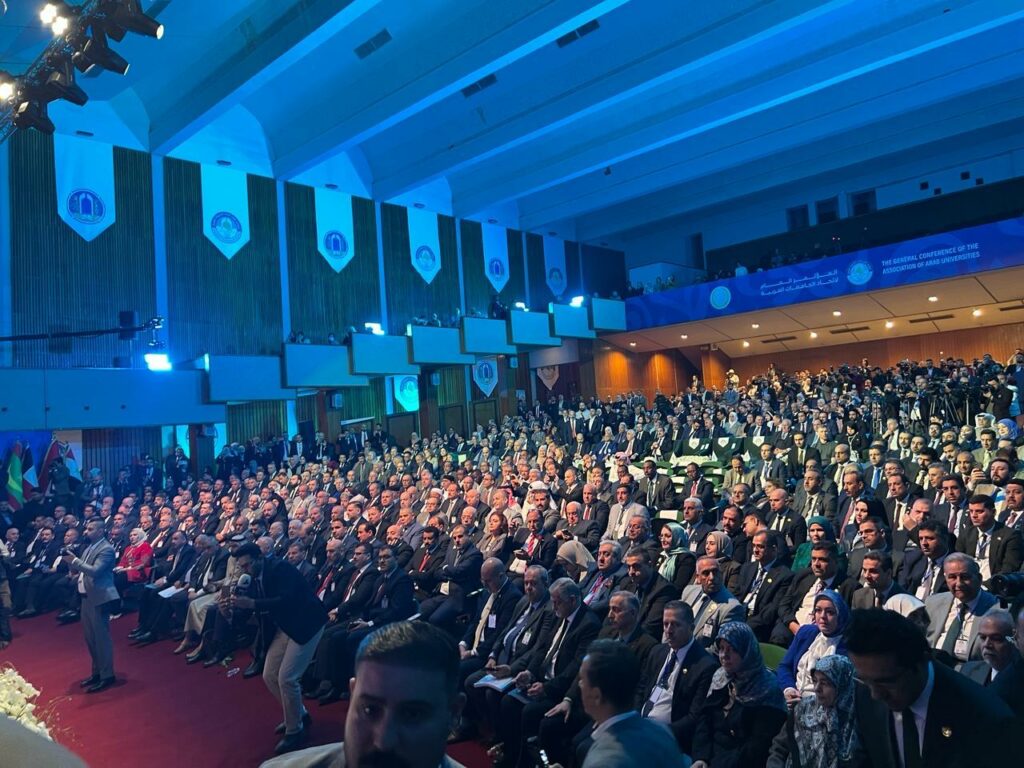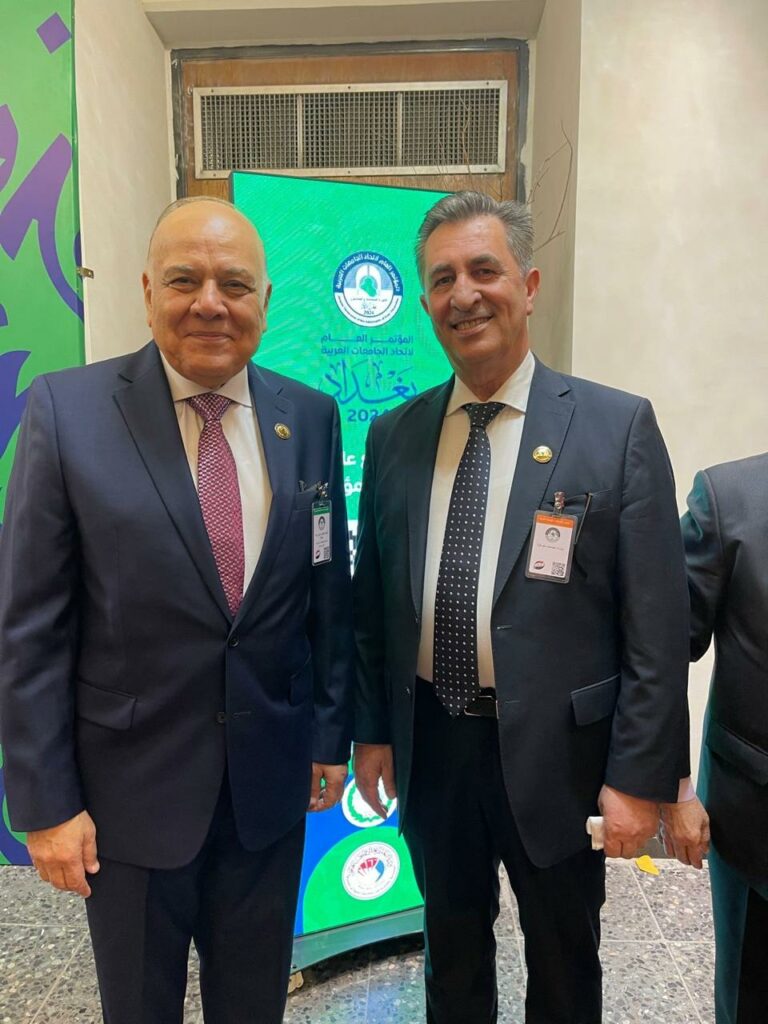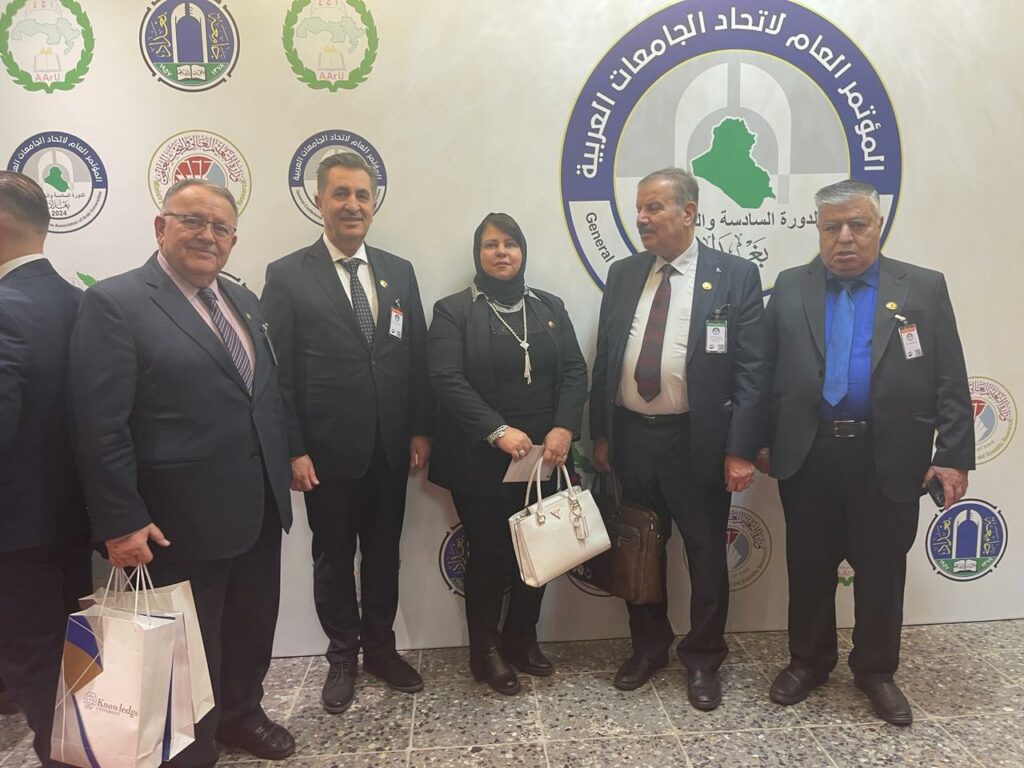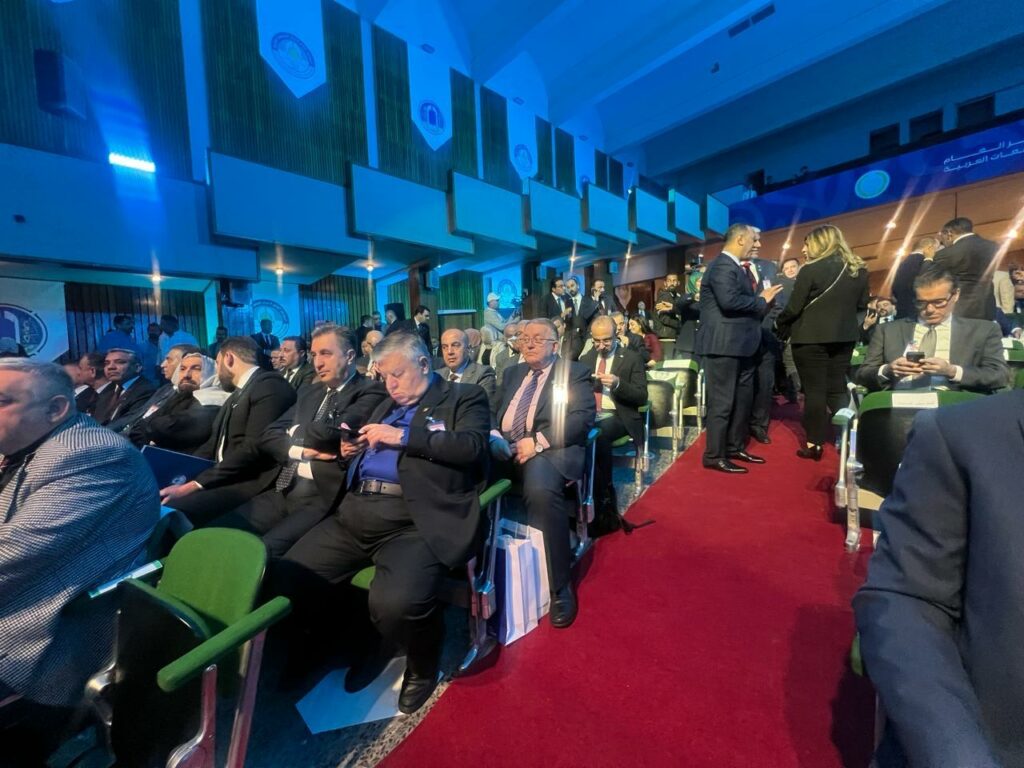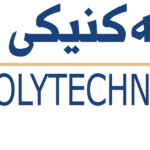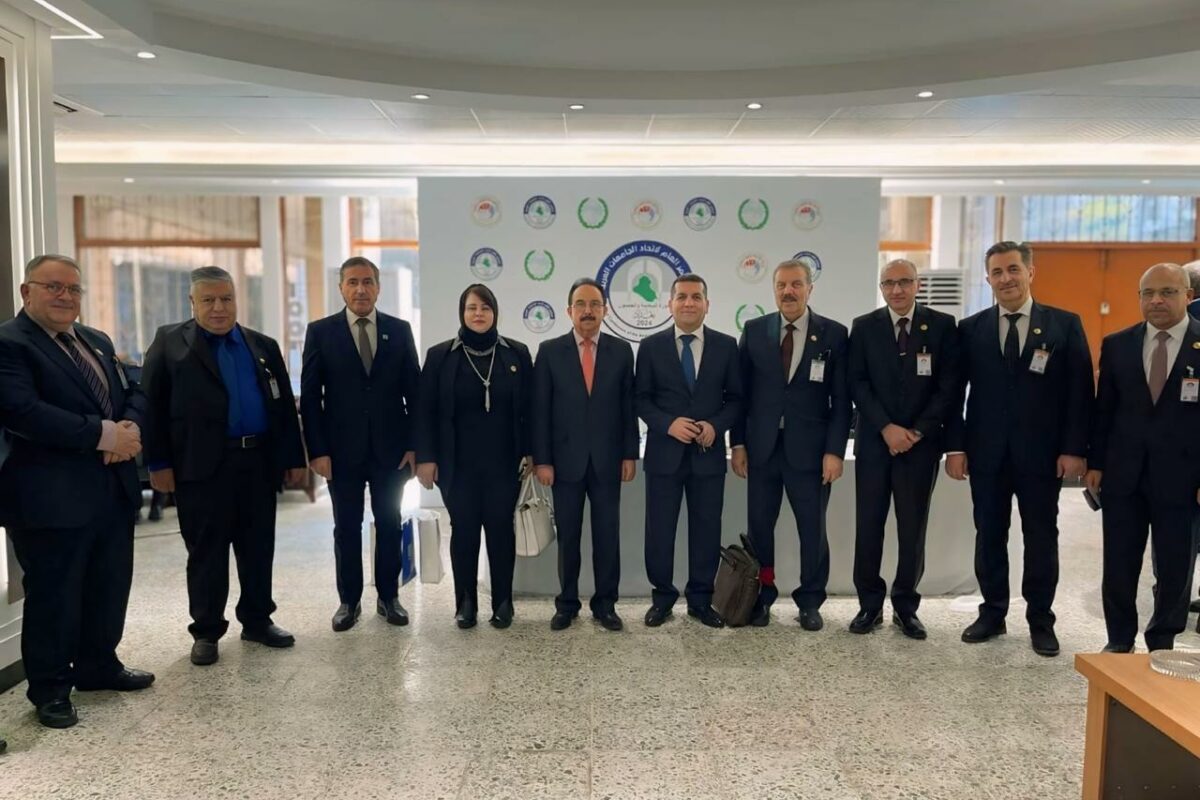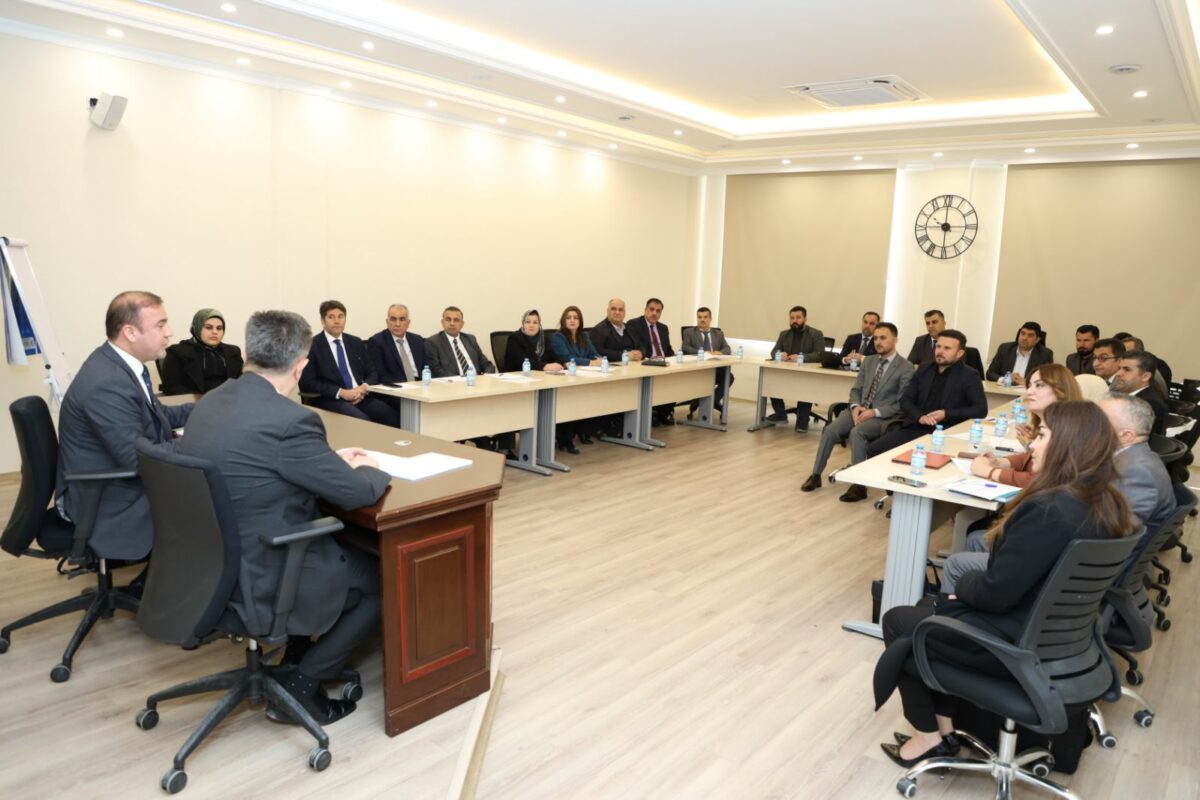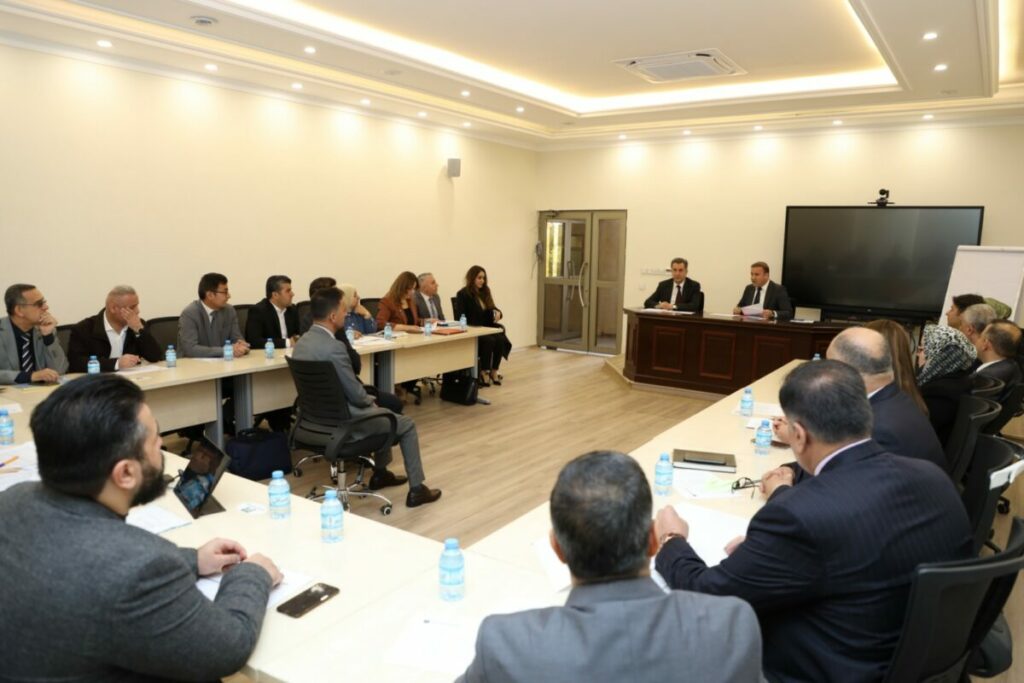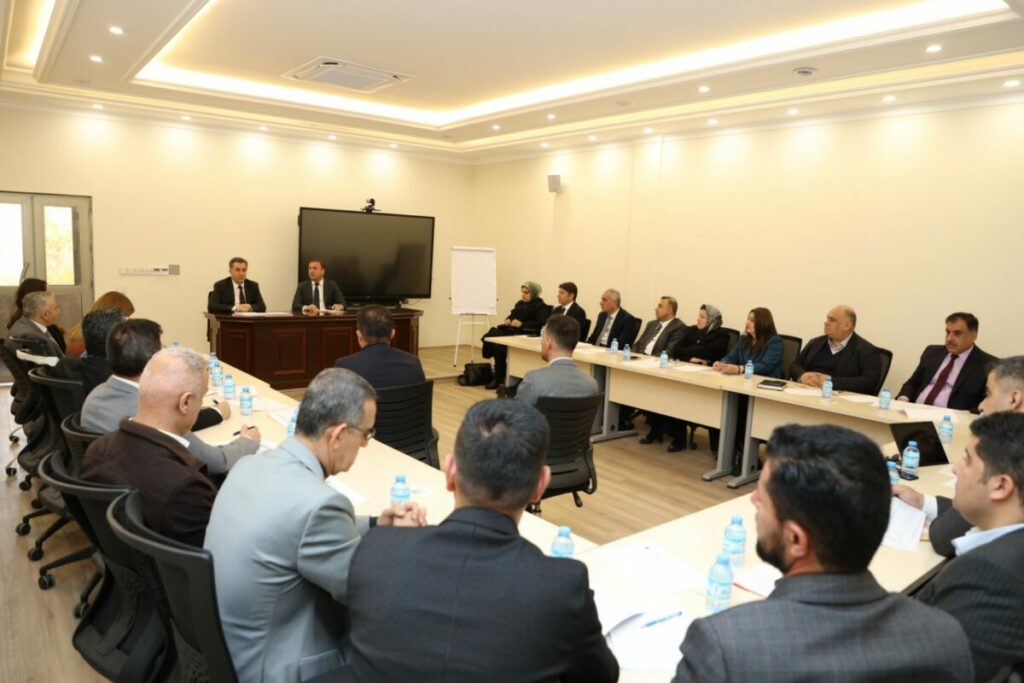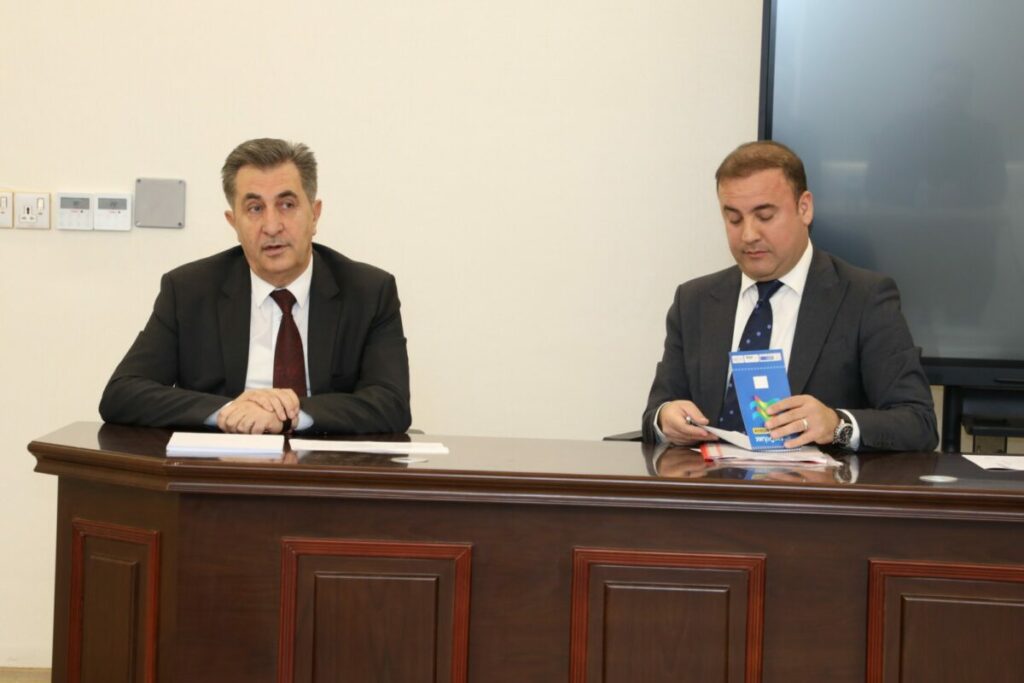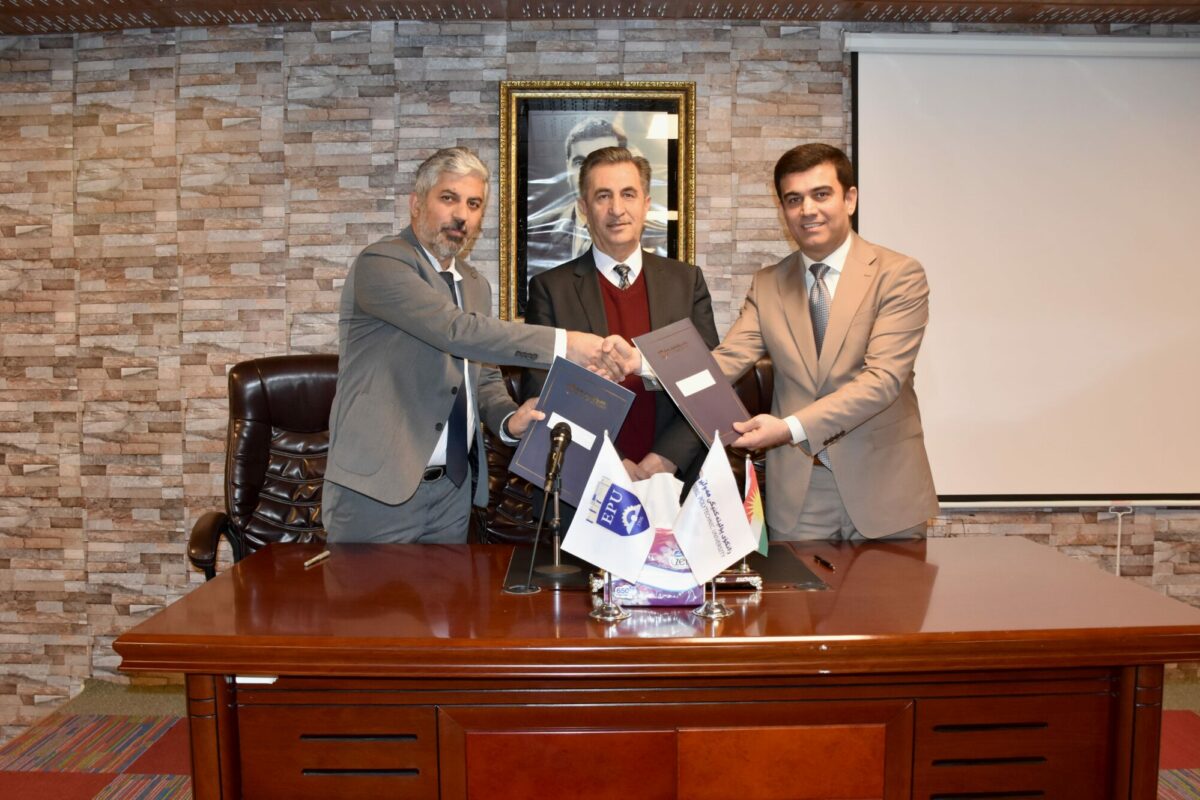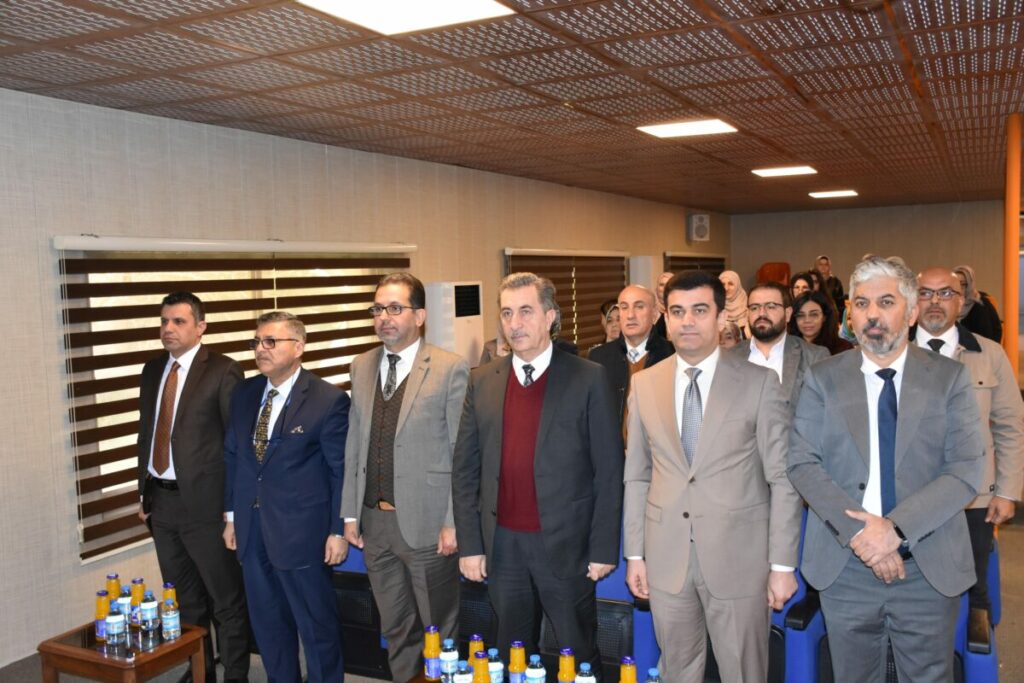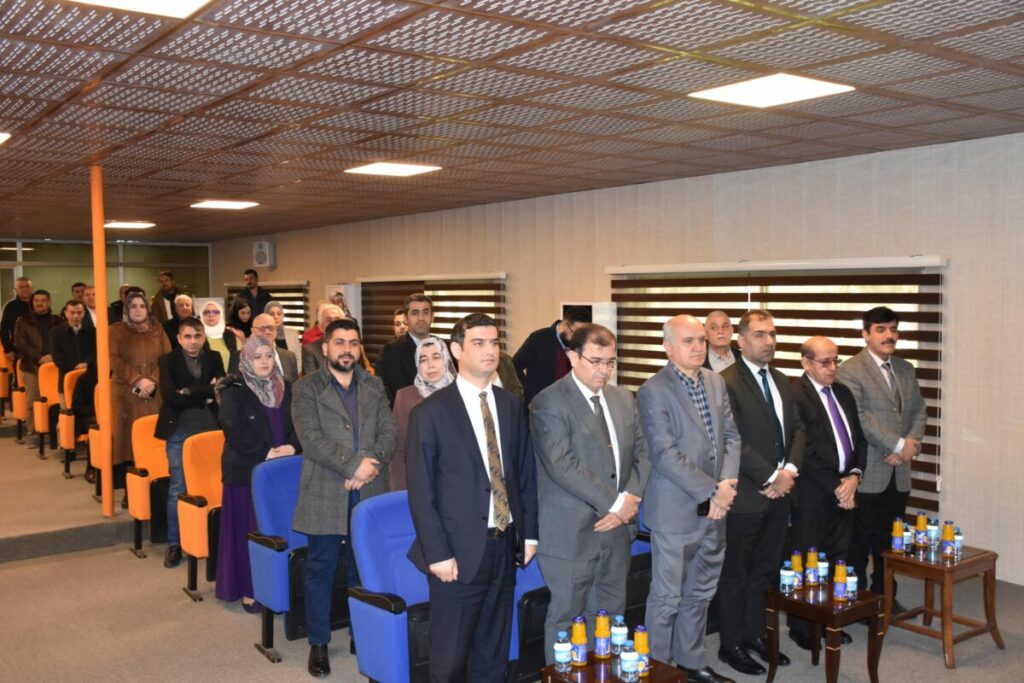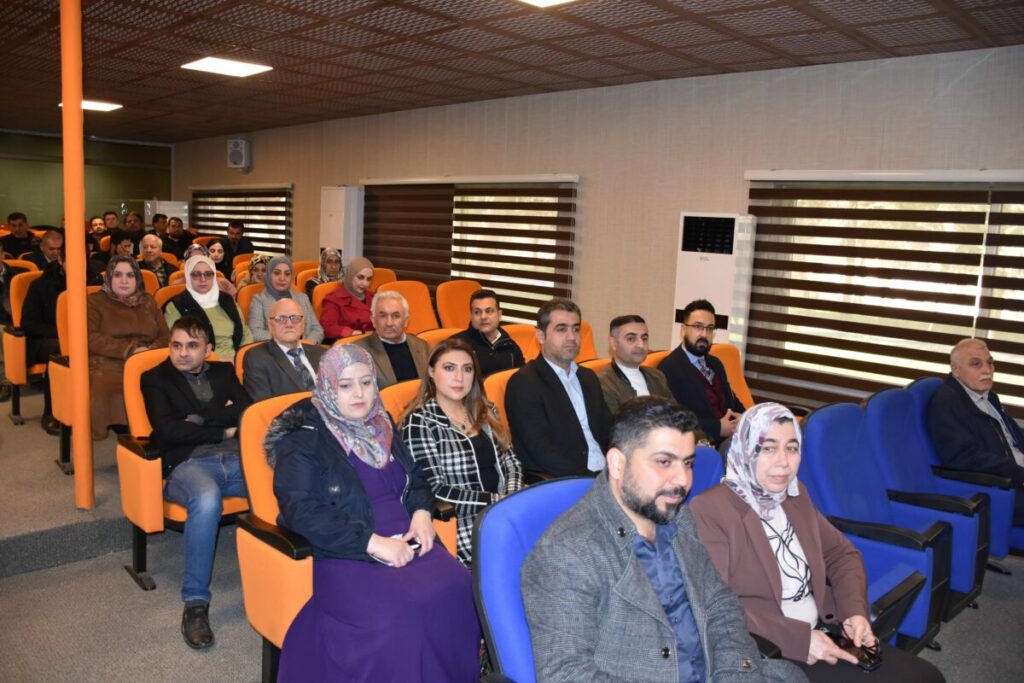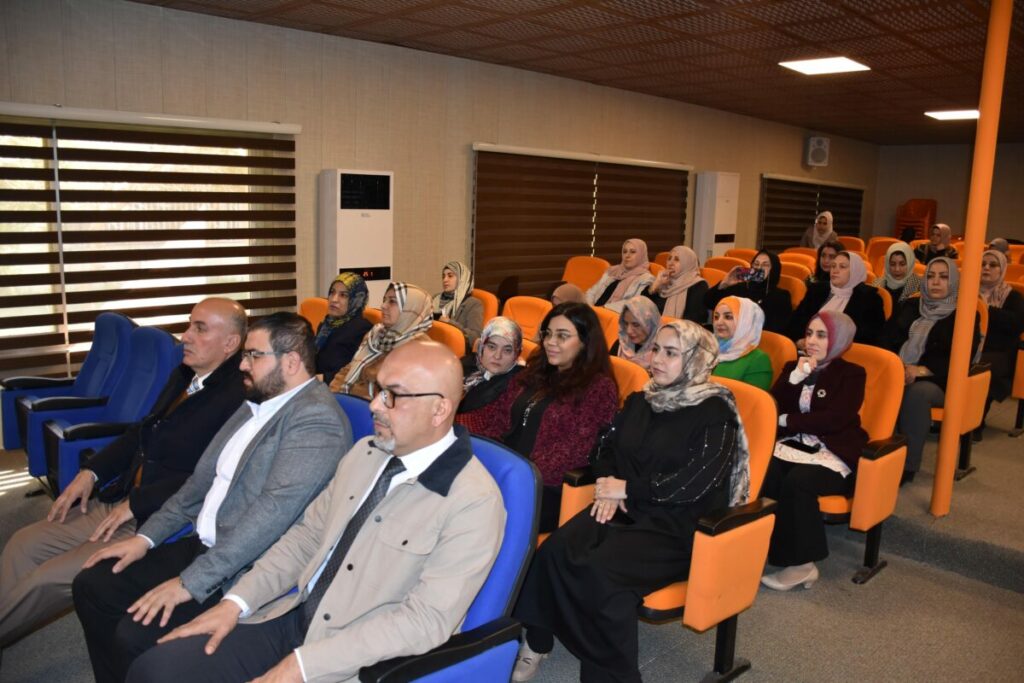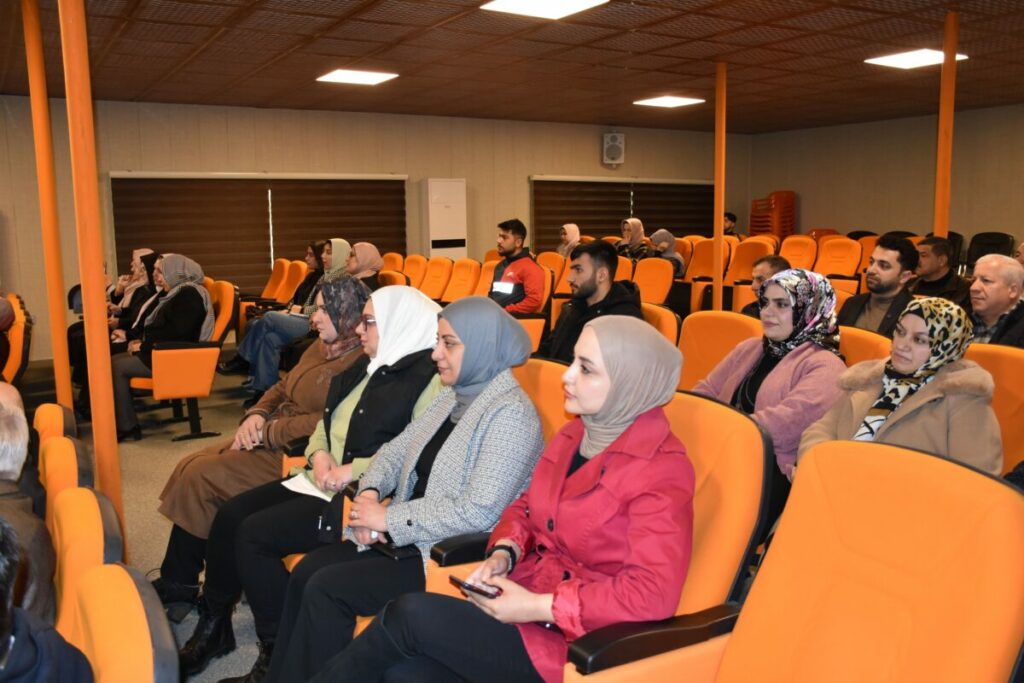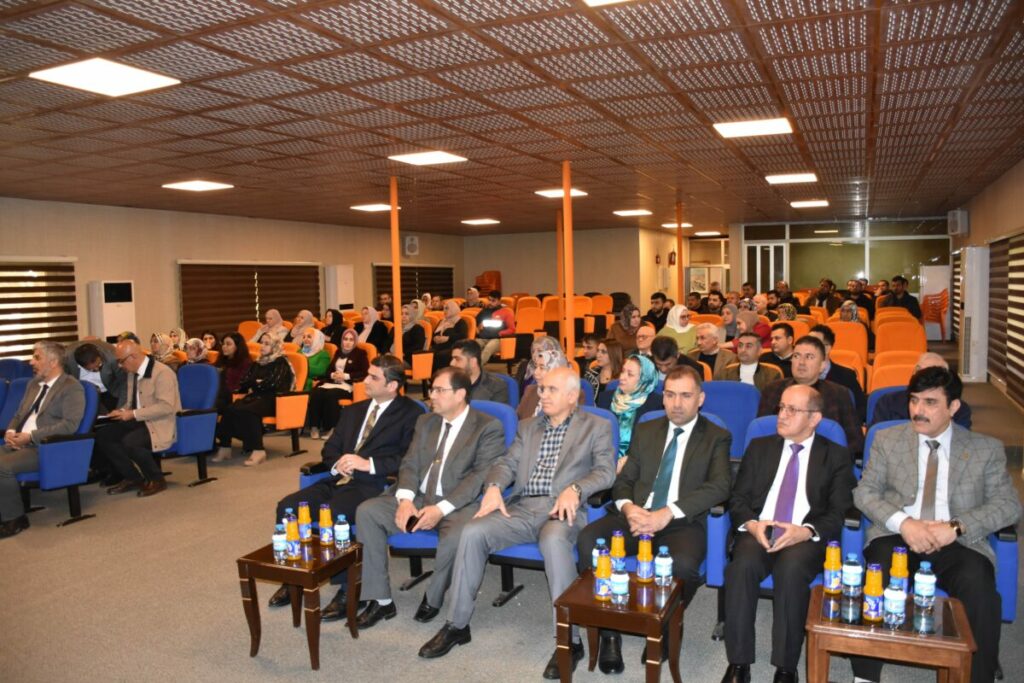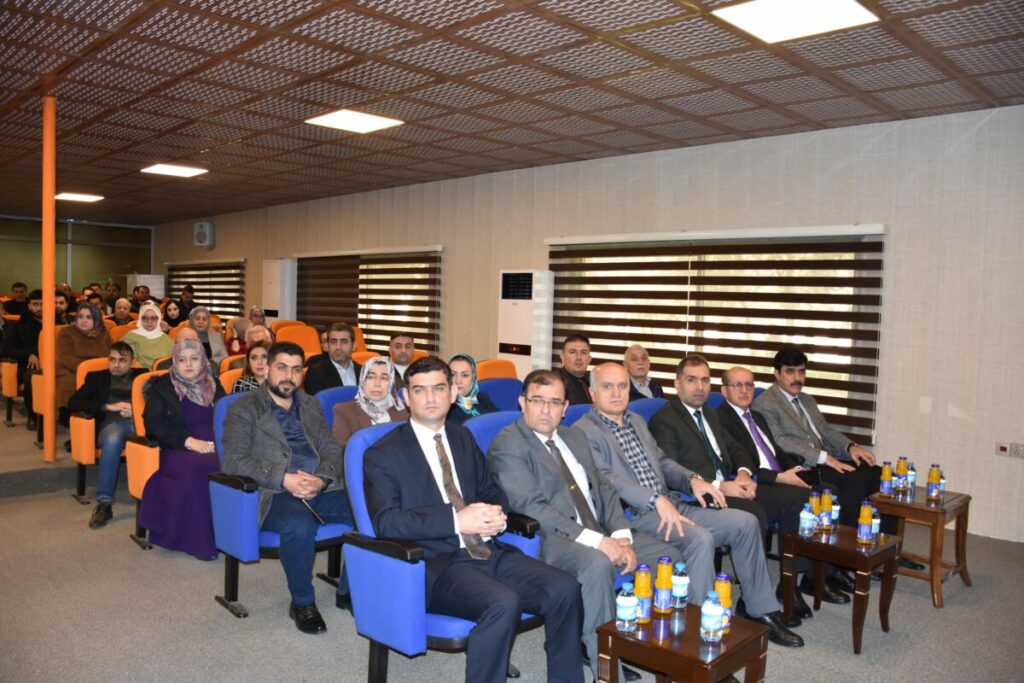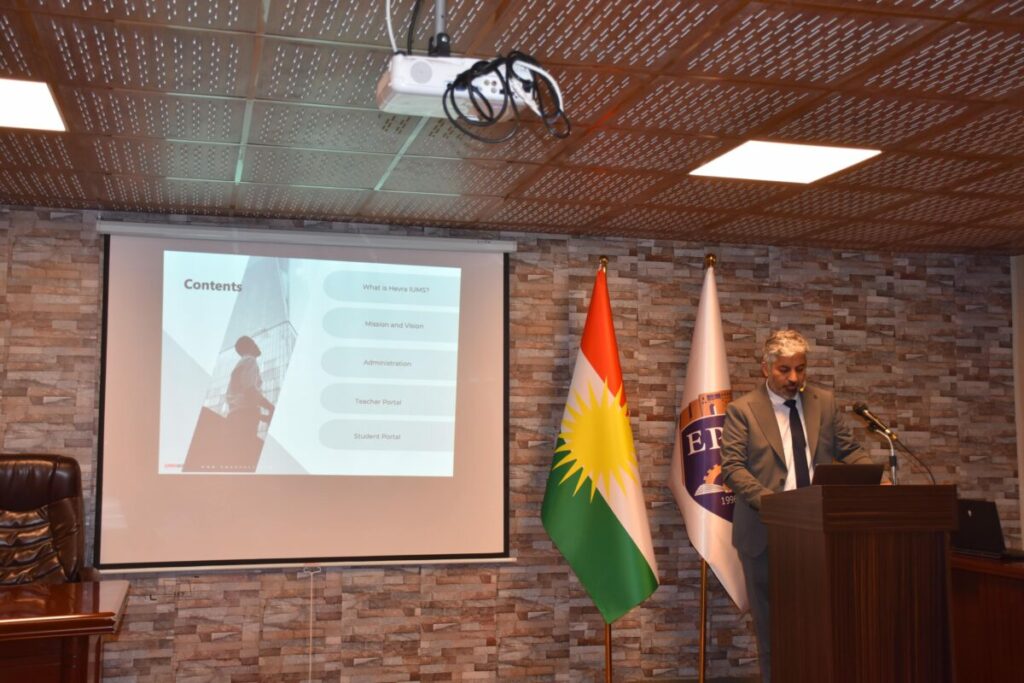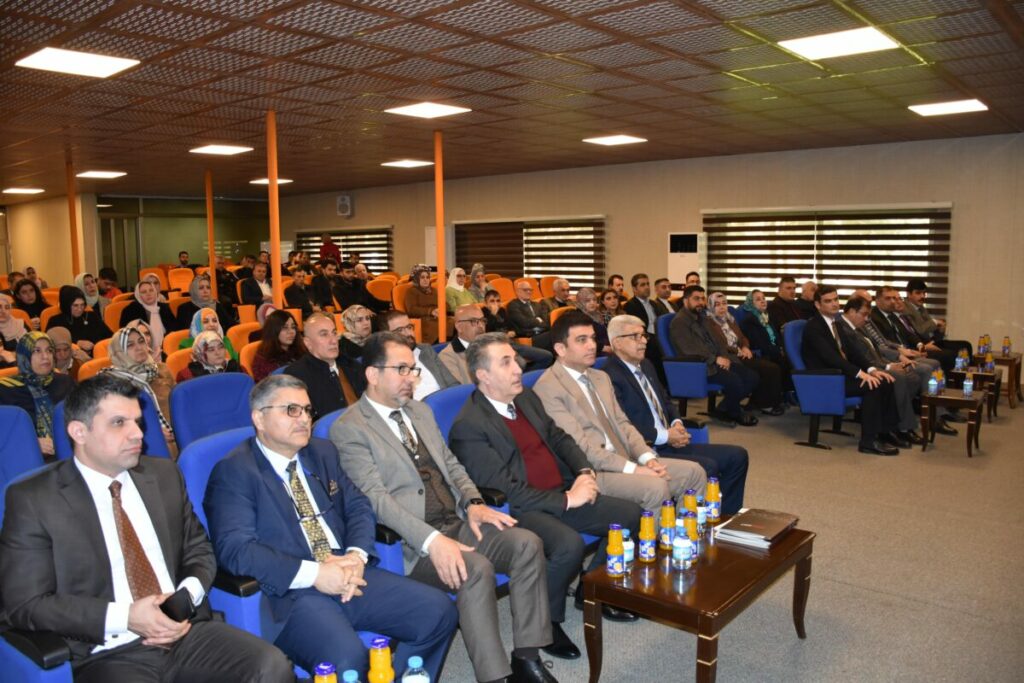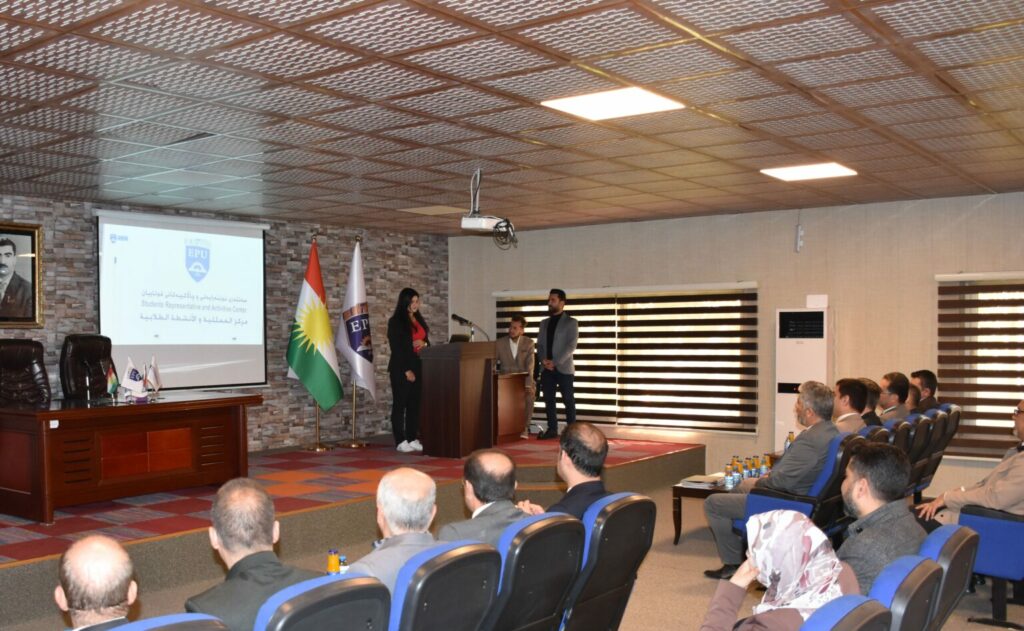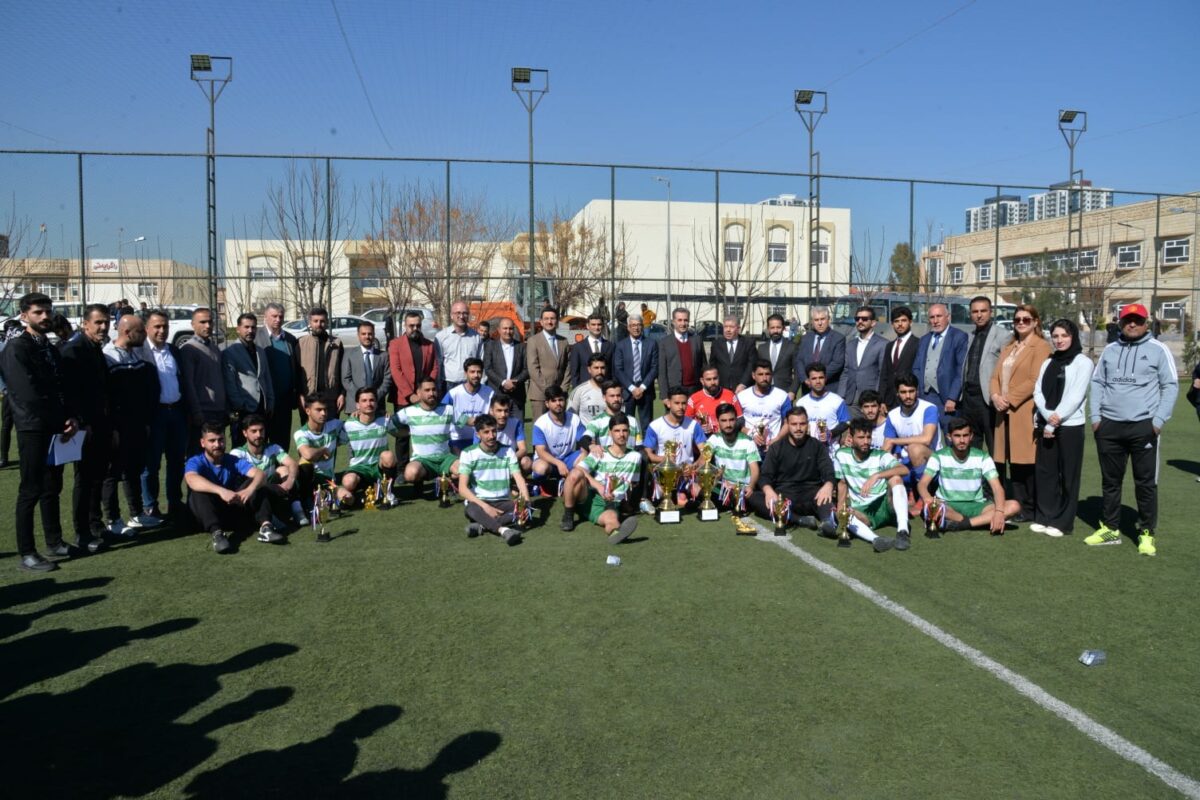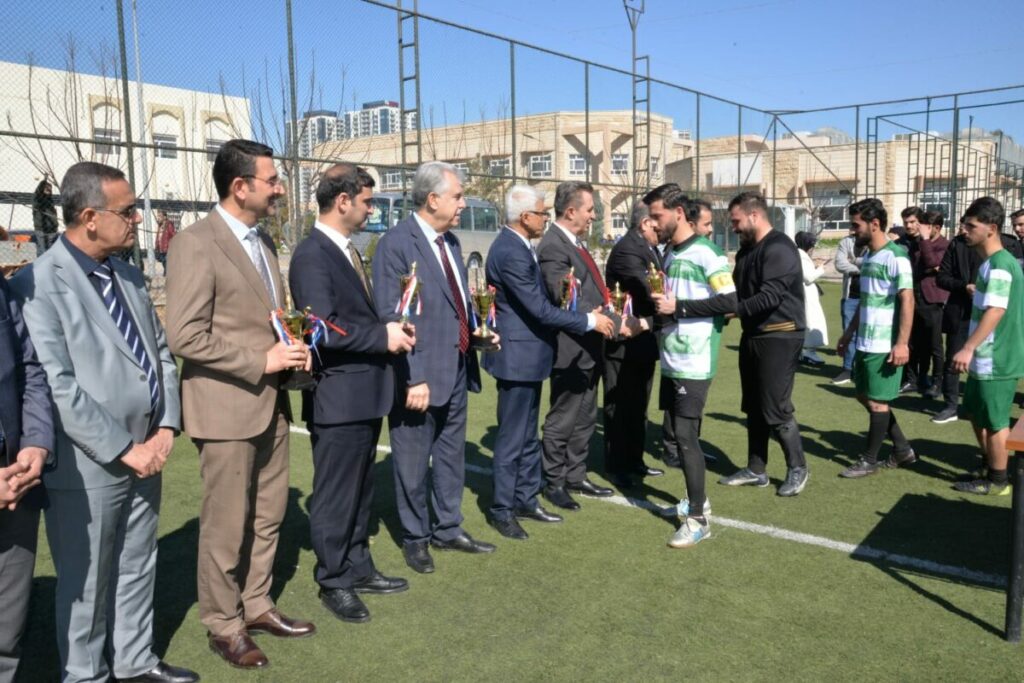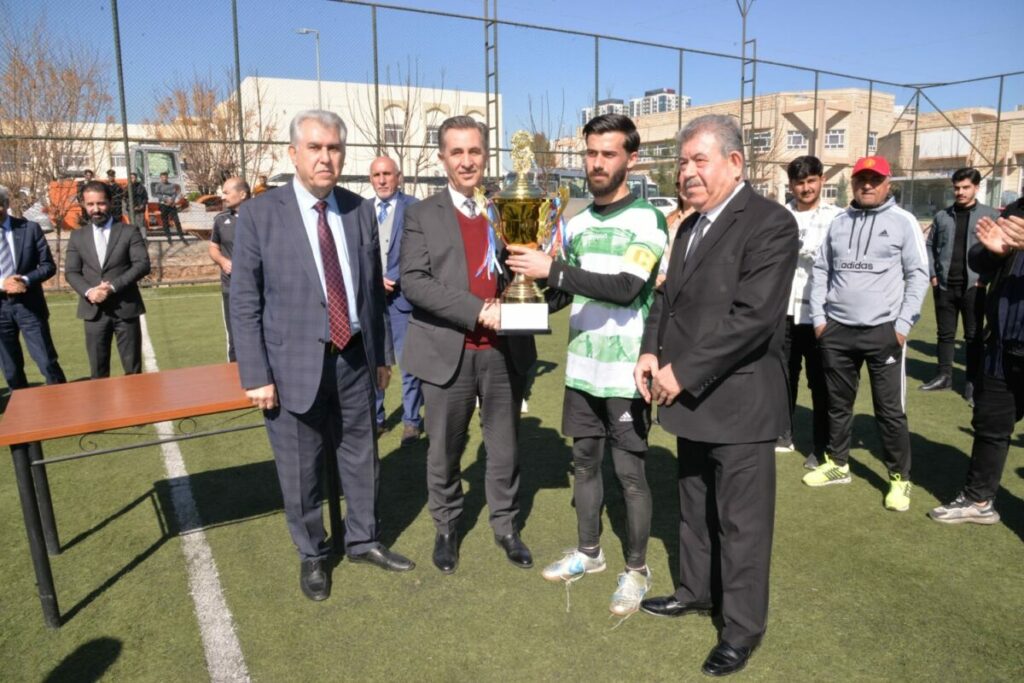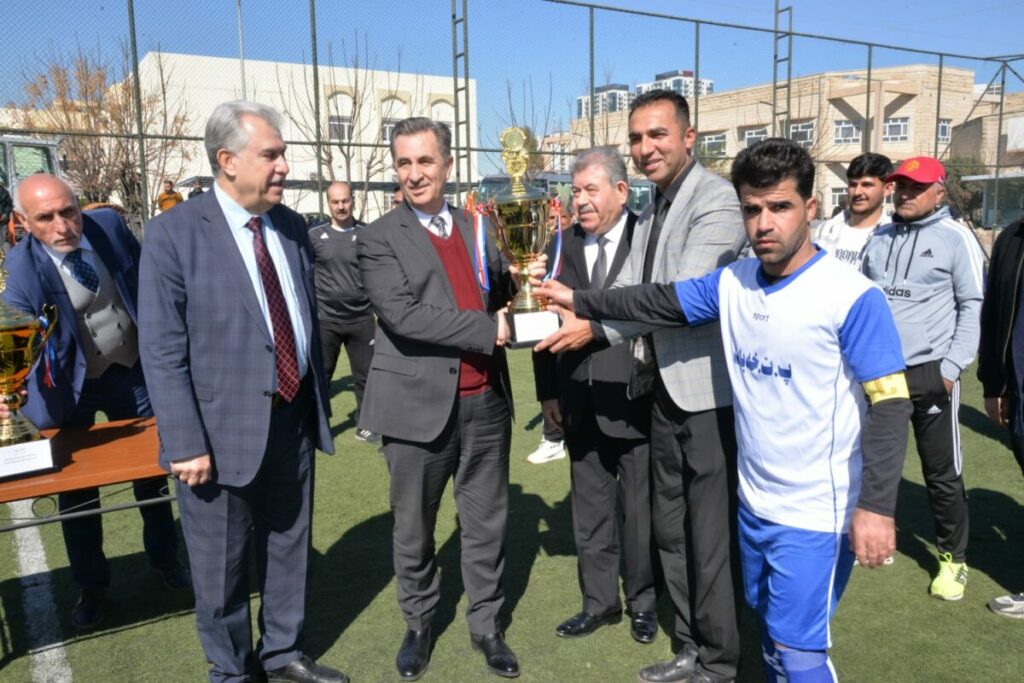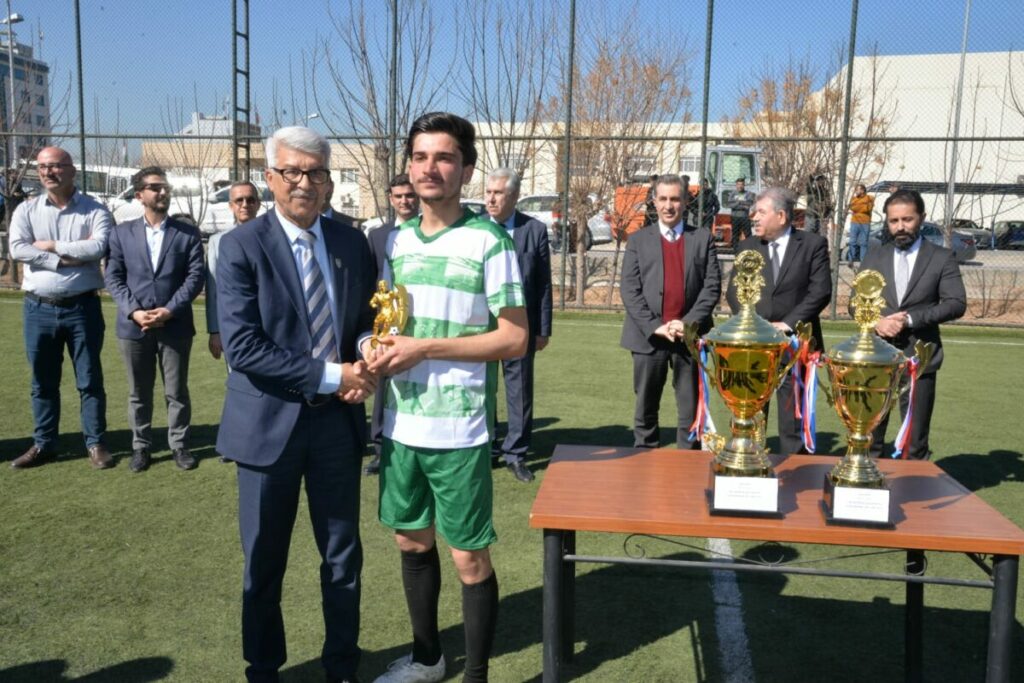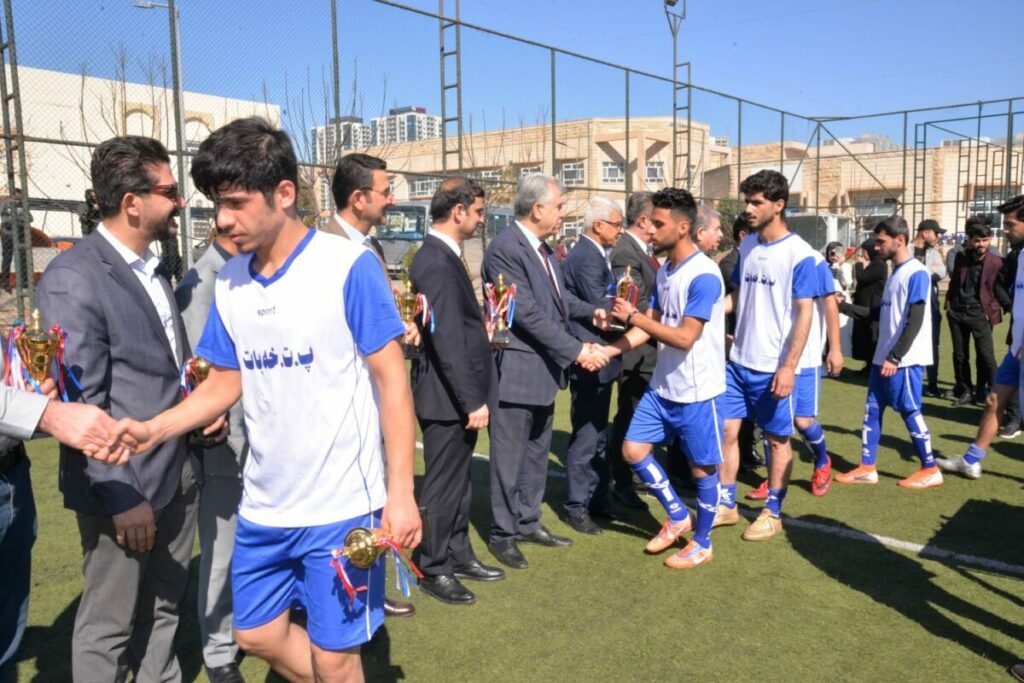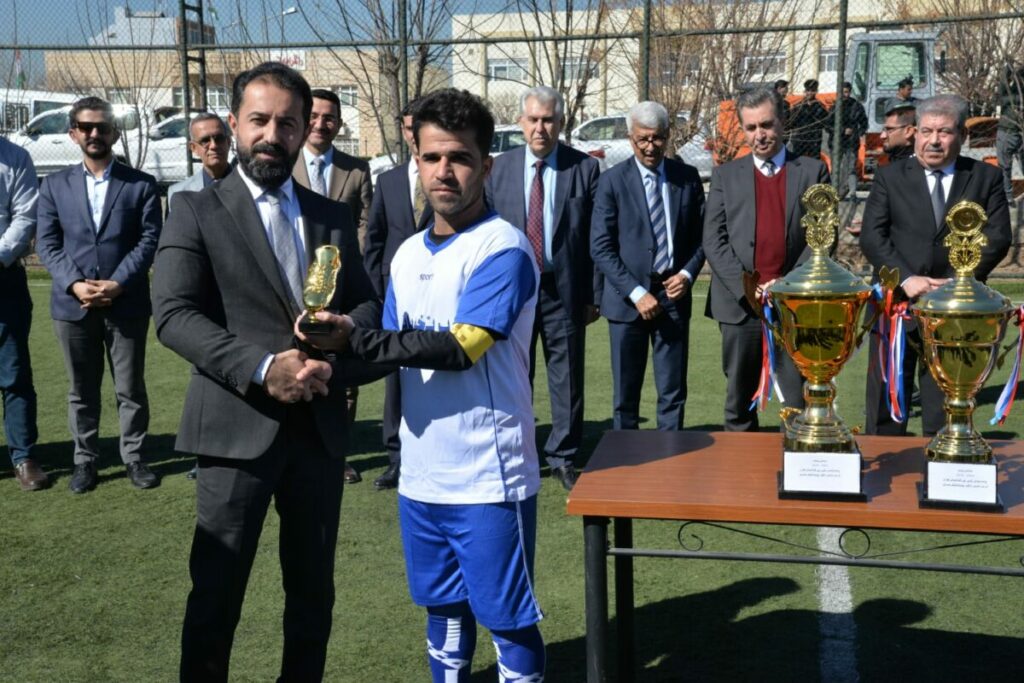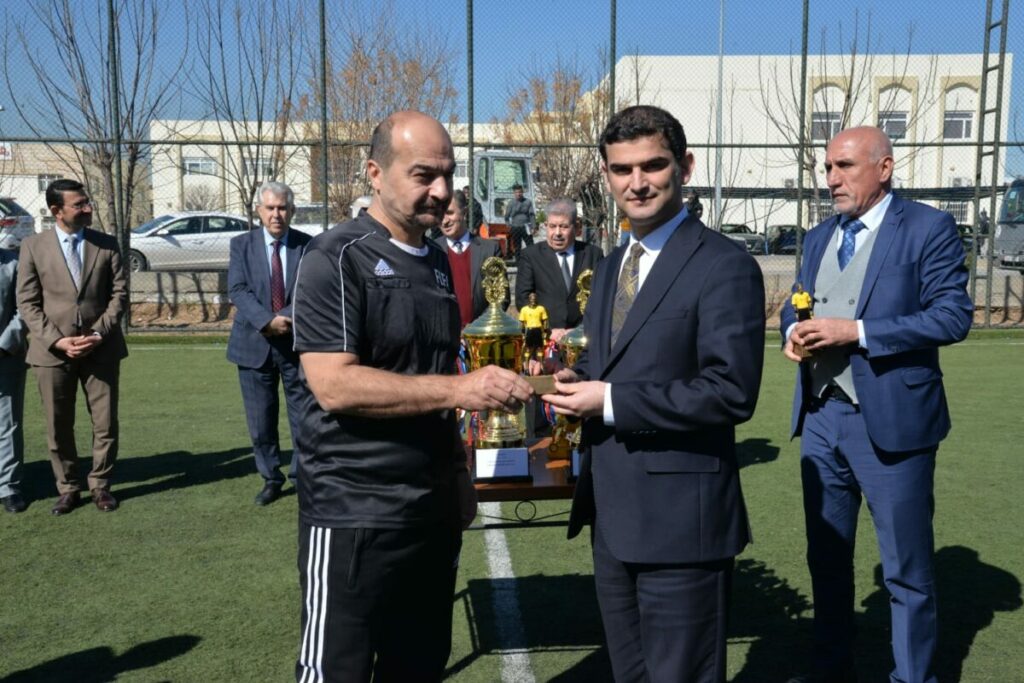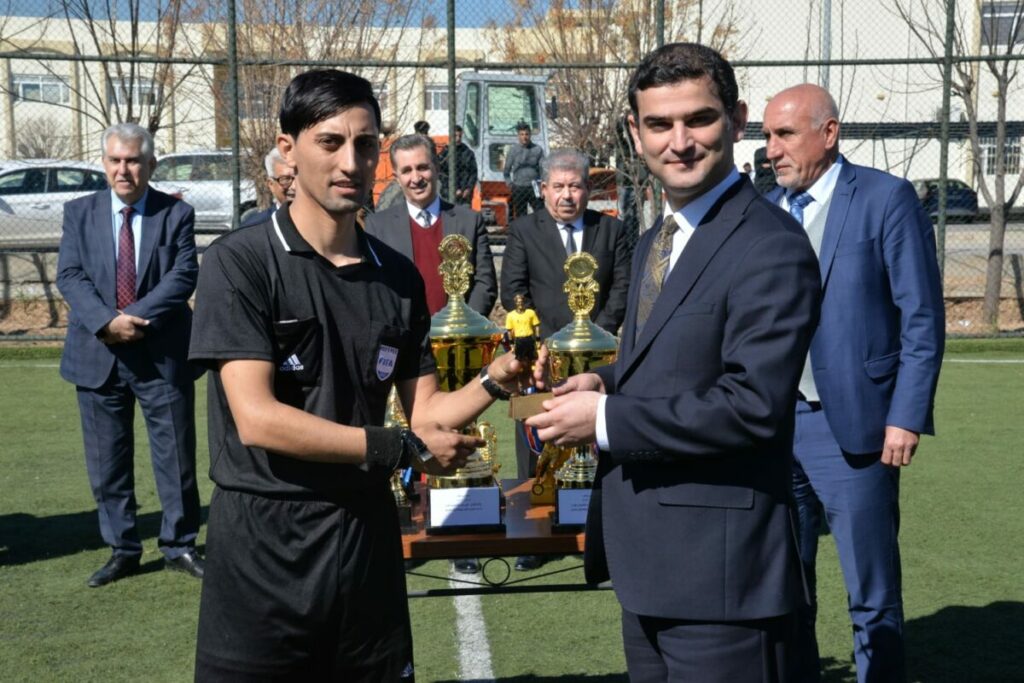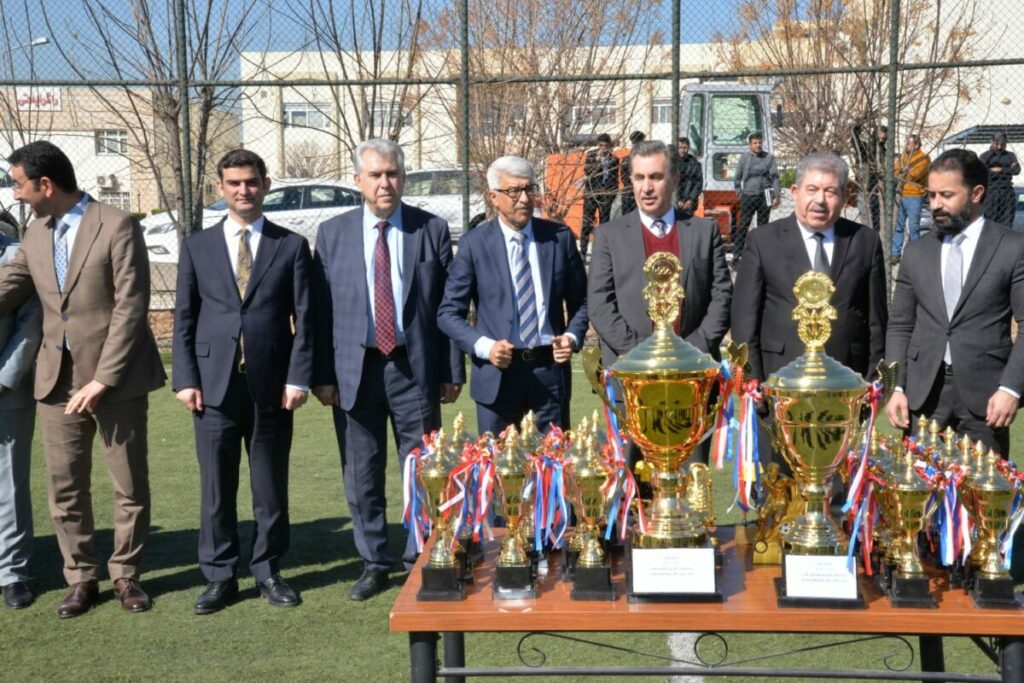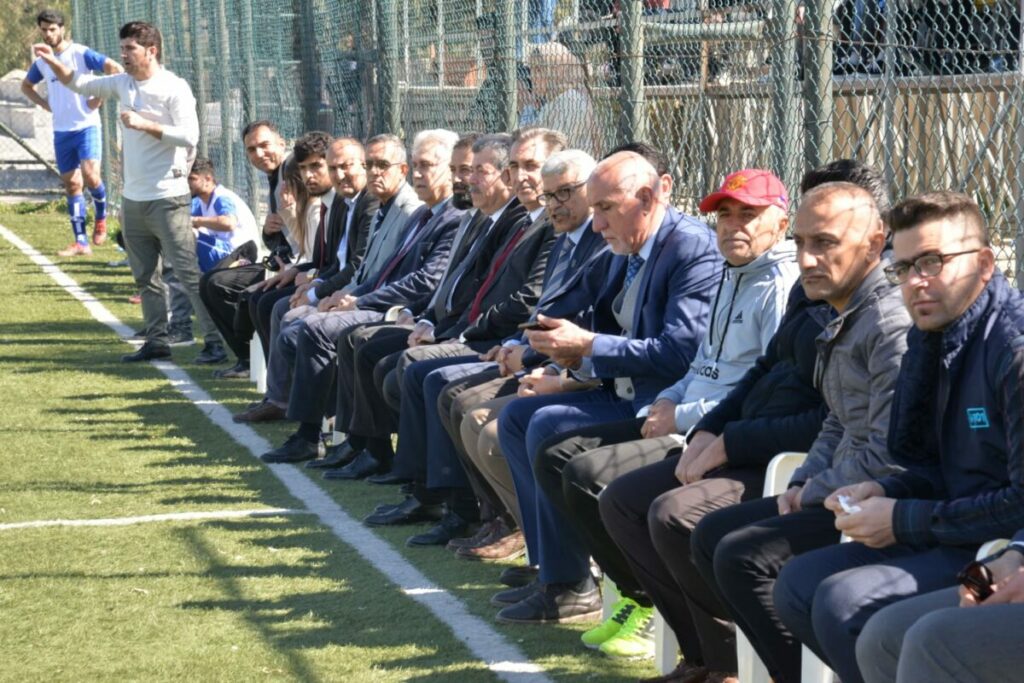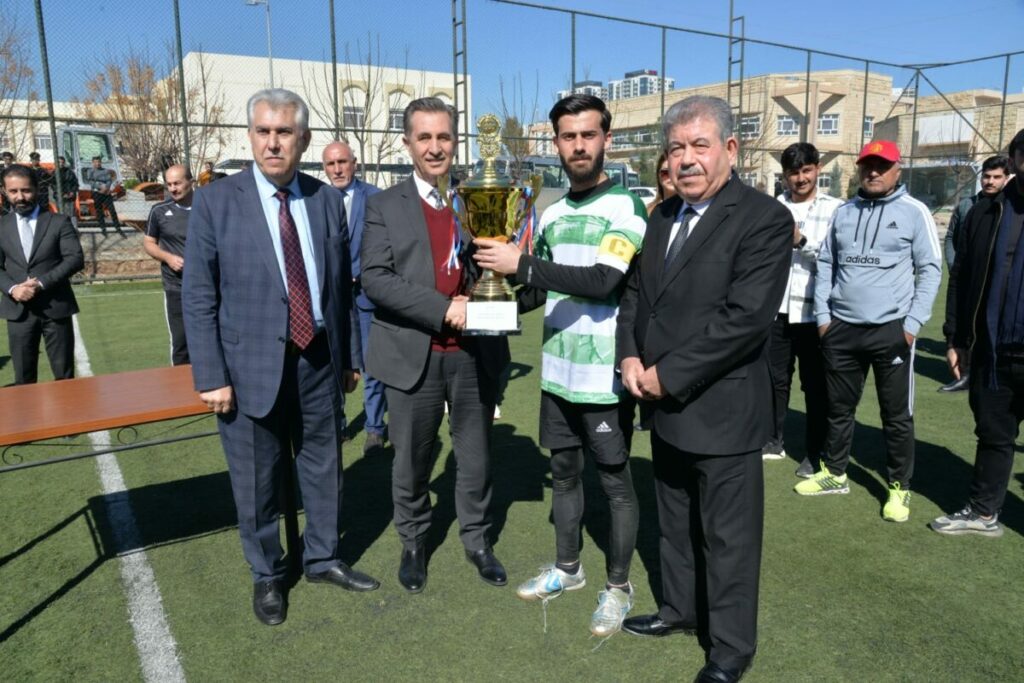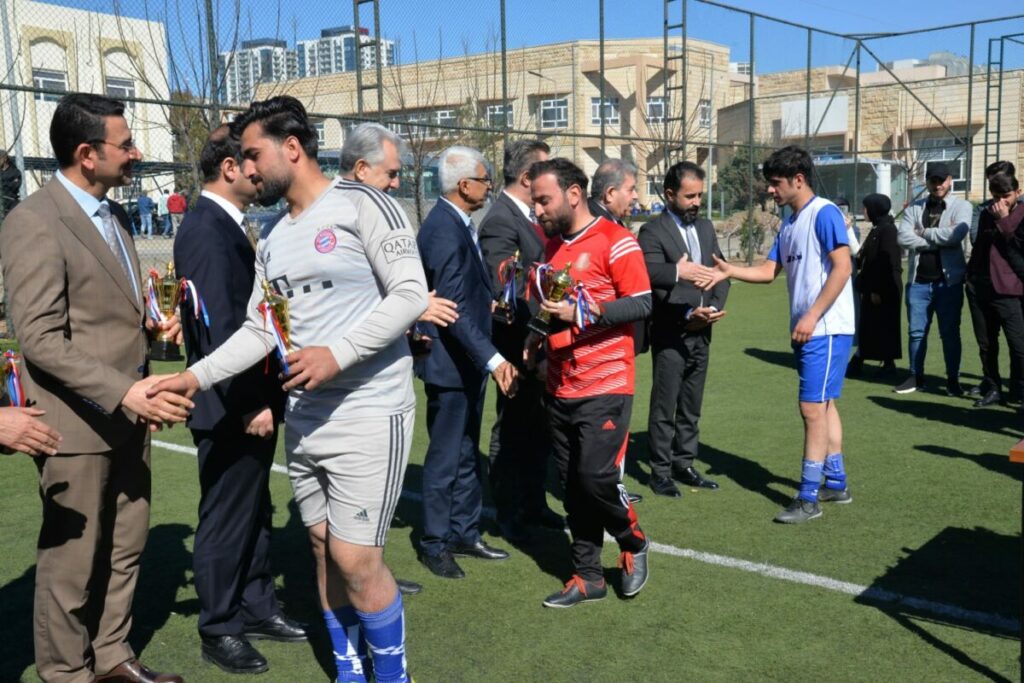Prof. Dr. Edrees Muhamad Tahir Harki, the Rector of the Erbil Polytechnic University, participated in the Congress of the Union of Arab Universities that will be held on the 3rd to 6th of March, 2024 at the Baghdad University.
The Rector of the Erbil Polytechnic University participated in the opening ceremony of the 56th Public Congress of the Union of Arab Universities, which was conducted under the supervision and presence of the Iraqi Minister of Higher Education and Scientific Research, Dr. Naeem Aboudi and Dr. Amr Izzat Salama, the General Secretary of the Union of Arab Universities began its work.
After opening the ceremony of the congress, which was held in the presence of the Iraqi Minister of Higher Education and Scientific Research, Dr. Naeem Aboudi, Prof. Dr. Edrees Muhamad Tahir Harki, the Erbil Polytechnic University Rector and Presidents of Kurdistan Regional Universit on behalf of the Kurdistan Region, they performed a series of meetings with the participants of the congress.
In these meetings, the Kurdistan delegation exchanged views on the development of relationships and collaboration between universities.
The conference is scheduled to discuss several issues related to the education process in universities, including international collaboration, the Bologna system, Arab classification projects for Arab universities and several other important issues.
It is worth mentioning that the Erbil Polytechnic University is one of the member universities of the Union of Arab Universities that is officially invited to the annual congress of the Union, each session hosted by a member university.
